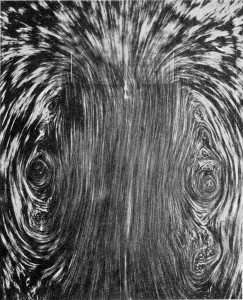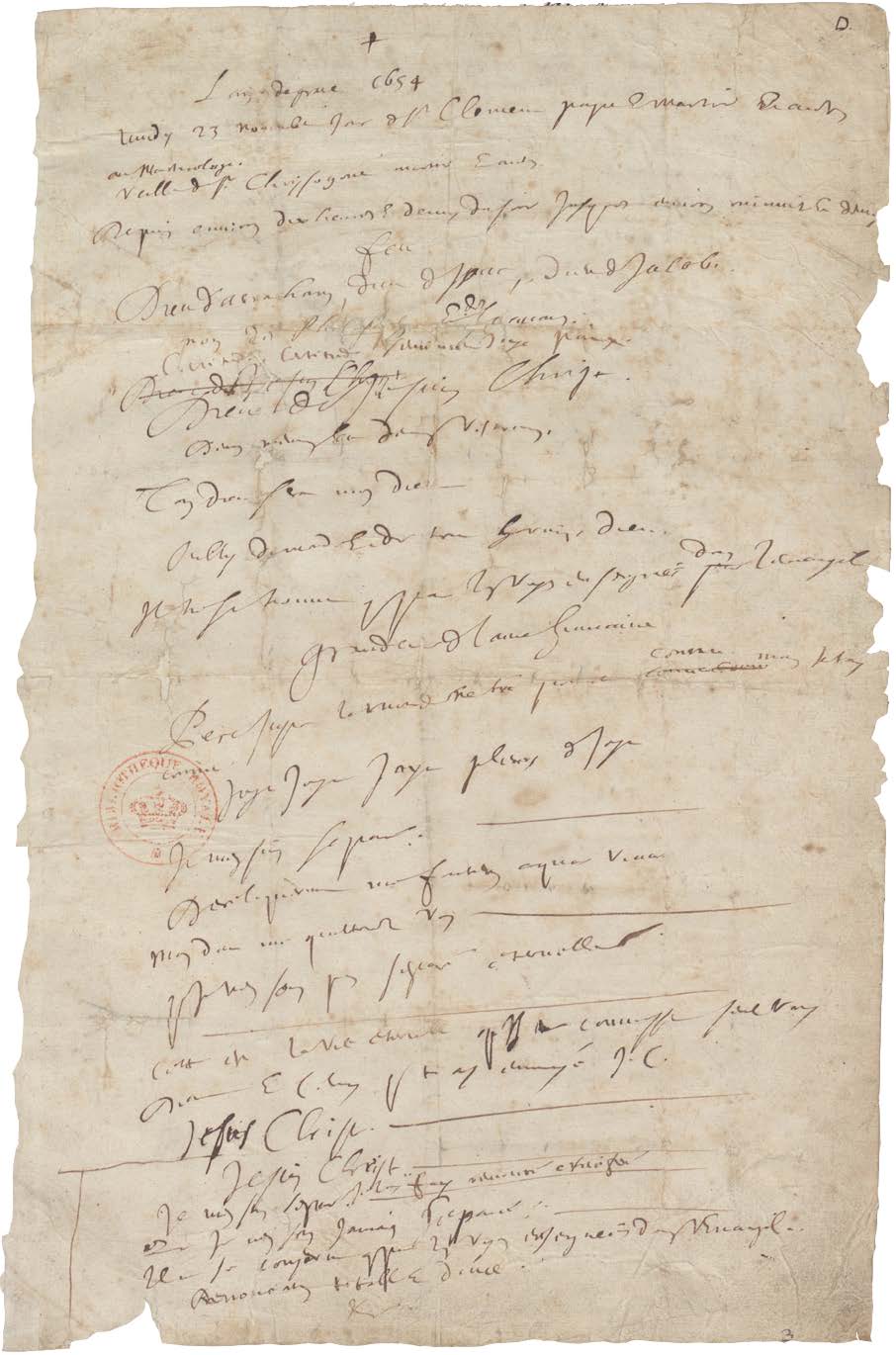Must historical novels … be held to a higher truth standard because they are dealing, overtly, with history rather than story, even if that history is as horrific as that of the Holocaust?
Taking off from Thomas Hardy’s pronouncement that the “mixing of fact and fiction in unknown proportions” amounts to “infinite mischief,” Carol Gluck considers the tension between fact and fiction in her lively opinion piece for Representations 124, “Infinite Mischief? History and Literature Once Again.”
CAROL GLUCK is the George Sansom Professor of History at Columbia University, specializing in the history of modern Japan. She is co-editor with Anna Tsing of Words in Motion: Toward a Global Lexicon (Duke, 2009) and author of Thinking with the Past: Japan and Modern History (University of California, forthcoming).



